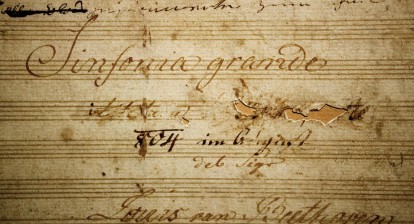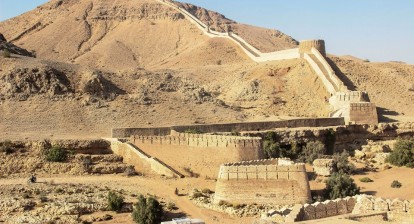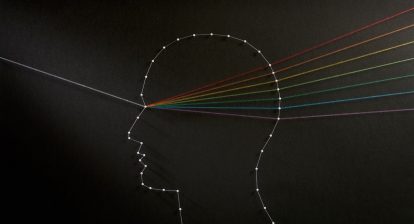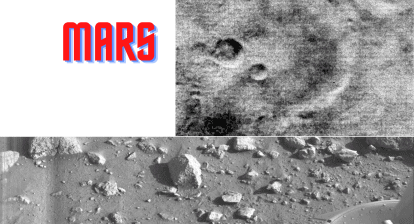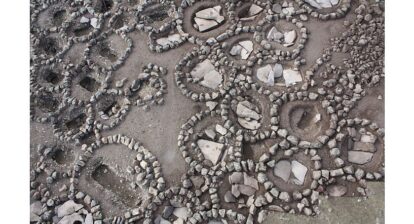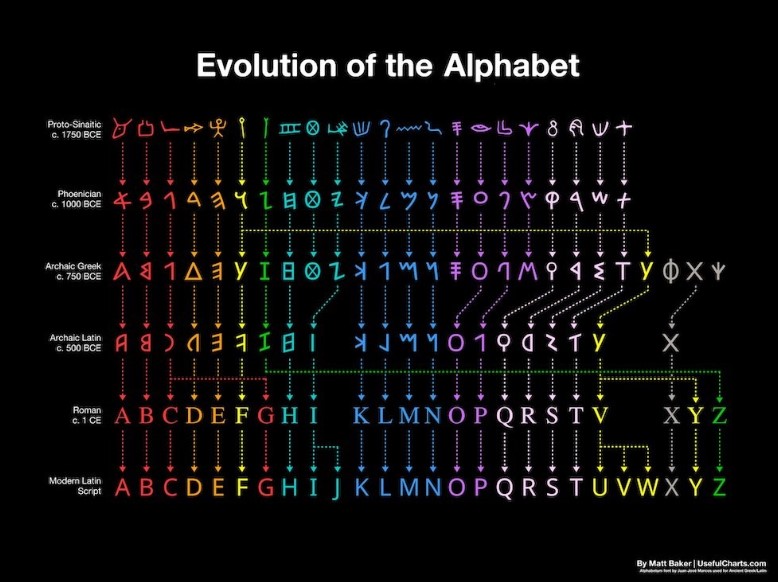
This chart depicts the evolution of the modern Latin alphabet from the earliest traces of alphabetic writing dating to the Middle Bronze Age according to archaeological findings. Matt Baker/Usefulcharts
Blog Post / Transcript
Humans have always expressed themselves through various forms, starting with pictograms, such as handprints, cave art and pictures that represented animals or plants that they saw around them. How did we get from there, to the plethora of languages, scripts and alphabets that we see around us? Here is the story.
Thousands of years of expression on cave walls, on stones and on shells were followed by word-based writing systems and sound-based syllabic writing systems, which are written symbols that represent syllables that make up words. A symbol typically represents a consonant sound followed by a vowel sound, or just a vowel alone.
To our knowledge, based on archaeological artifacts, full writing-systems seem to be invented at least four times in history — all of them independently. The first indication of writing we have is from Mesopotamia (present-day Iraq). Here, people known as the Sumerians developed a complex writing system known as cuneiform representing the sounds of their language Sumerian — between 3400 and 3300 BC. From around 2900 BC, they used reed styli to emboss marks on clay tablets. They used this for long distance communication, for trade and for keeping accounts. Over the years the process was standardised and simplified, the symbols which were read from top to bottom initially, started to be read from left to right. Originally, the wedge-shaped marks that made up cuneiform had a direct connection with the object to which they referred, but over the years this connection was lost, as they lost their pictorial essence and became even more simplified. When Sargon, King of Akkadians conquered Sumer in 2400 BC, things changed drastically. The Akkadians were a northern Semitic people, who had been using cuneiform to write their own language for centuries. Sargon built a huge empire, from present day Lebanon to the Persian Gulf — and with that empire cuneiform spread, eventually being used by at least 15 languages in some way or other, lasting for centuries. The last datable document in cuneiform is an astronomical text from 75 AD.
(Watch Neanderthals and Denisovans)
Almost at the same time as the Sumerians, the Egyptians invented that most famous of all ancient writing systems: the hieroglyphs, at around 3200 BC. They also used their system for trade, as well as accounting. Thousands upon thousands of clay tablets have been found that represent products bought or sold, and ivory tablets that were used as labels for grave goods. The Egyptians carved hieroglyphs as a display script, such as on walls of temples and tombs, but they also wrote in ink using reed brushes. This was the priestly script (or hieratic), used by royal and temple administrations. Both systems became more complex over the centuries and developed a full range of characters. Both hieratic and hieroglyphic writings were subsequently used in other languages such as that of the Kingdom of Kush in Sudan. Hieroglyphs have been found in the Laas Geel complex in Somaliland. These are independent from the hieroglyphic script found in Egypt and have yet to be deciphered.
We were eventually able to decipher Egyptian hieroglyphs due to the discovery of the Rosetta Stone in 1799. It had text in Greek, hieroglyphs and the Egyptian script (known as demotic) on it. Cuneiform text were deciphered due to the inscription on a rock relief on Mount Behistun in Iran. It had three versions of the same text, written in three different cuneiform script languages: Old Persian, Elamite, and Babylonian. These were deciphered in 1838. The Minoan Civilisation in Crete developed its own hieroglyphic script in 2000 BC, and then in 1700 BC their Linear A script was developed.
Meanwhile, on the other side of the world in China, we come to the Shang Dynasty, which by 1300 BC, had a writing system used for divination on animal bones. These ‘oracle bones’ recorded questions to ancestors about crop rotation, childbirth, and medical issues (even toothache). Archaeologists have been able to find over 150,000 oracle bones, which use 4,500 different symbols — some resulting in Chinese characters used today. However, a majority of the forms found on oracle bones are undeciphered as the language changed over centuries in function and form.
The region between Mexico and Costa Rica, known as Mesoamerica, appears to have developed writing around 900 BC. Cultures such as the Maya, Aztecs, Mixtecs, and even earlier ones, such as the Olmecs and Zapotecs used their own writing system.
The Indus Valley Civilisation in Pakistan and India that goes back to 7000 BC, also had its own writing, which has not yet been deciphered. There are over 5,000 inscribed artefacts with 400 unique symbols found from that area. Wooden tablets have been found on Rapa Nui (or Easter Island), with their own system of writing known as rongorongo, also as yet undeciphered.
(Read What Happened at Easter Island?)
Since 7000 BC, there have been systems of writing across the globe. Some we have deciphered, and which have helped us to understand the life and times of the people who wrote them.
With that we come to the alphabet — a system that is used in so many languages. This too starts with Egypt in around 2700 BC, when Egyptian writing already had 22 hieroglyphs to represent syllables with a single consonant of their language and a vowel (or no vowel) supplied by the native speaker. By 1700 BC, a script started being developed in central Egypt by — or perhaps for — Semitic workers. It is thought that this was based on Egyptian hieroglyphs. New research from January 2021 says that Canaanite miners in the Sinai — unversed in hieroglyphs & unable to speak Egyptian, were inspired by the pictorial writing they saw. They started transforming a hieroglyph into a letter — other letters were drawn from life, until they could represent their entire language in written form. In the Wadi el Hol (or ‘Terrible valley’), a cliff face depicts graffiti written by non-native Egyptian speakers, again taking elements of Egyptian writing, and adapting them to sounds in their own language.
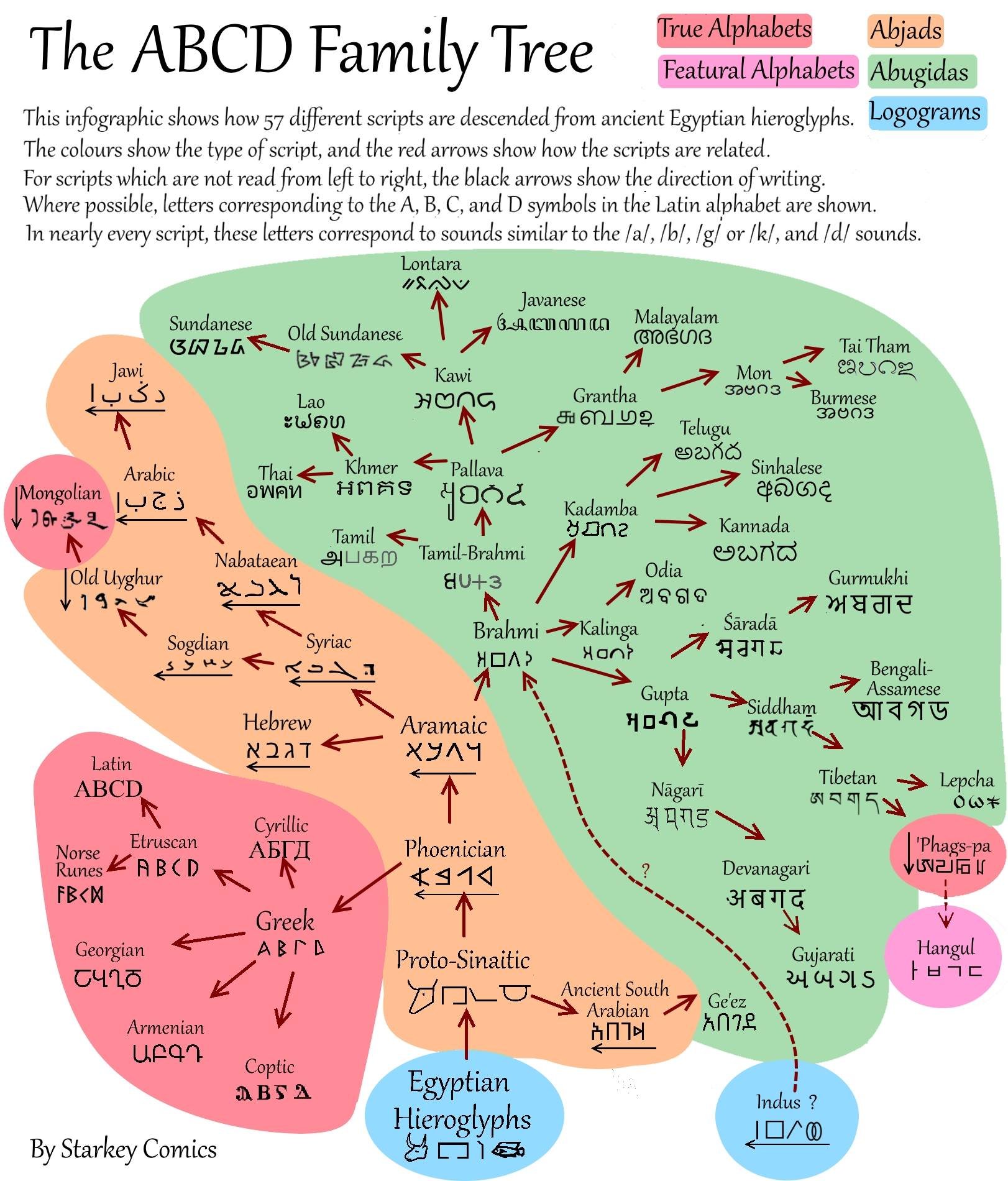
An infographic showing how 57 different scripts are descended from ancient Egyptian heiroglyphs. By Starkey Comics
For examples, an existing hieroglyph for water was a wavy line that stood for ‘n’, (the initial character for the pictogram for ‘water’) and this was used to stand for the initial sound of their own word for water mayim. This would eventually become our letter ‘m’. The hieroglyph for ox is aleph and this became the letter ‘a’ by just using the first character. The hieroglyph for house is bet and this gave the letter ‘b’. If you put aleph and bet together, what do you get? Alphabet. This proto-Sinaitic system eventually travelled to Phoenicia (modern day Lebanon, south Syria and Israel), where those intrepid seafarers: the Phoenicians developed it into the first semblance of what we see as our alphabet but only with consonants. They did not have vowels.
- Alphabets: writing systems for individual characters for both consonants and vowels (Romance languages, Korean)
- Abjads: vowelless characters (Aramaic, Arabic, Hebrew, Syriac)
- Abugidas: different character sets representing combinations of a consonant with the vowel sound attached (Indian Devanagri, Ge’ez)
(The Oldest Sentence in the World’s First Language)
The same Phoenican script also developed into the vowelless South Arabian alphabet, from which the Ge’ez script was developed in the horn of Africa in around 8th or 9th century BC. This is still used in Ethiopia and Eritrea. The Phoenician script also went eastward to India, to develop into Devanagri, Tibetan, Thai and Khmer and even North influencing Mongolian and Uyghur.
Although it went from those early Caananite migrant workers in Egypt to the rest of the world, initially, it remained in a small area around the Mediterranean for over 600 years after its invention. Then around 1200 BC, the big Empires collapsed, in what is known as Bronze Age collapse, giving rise to small city states, where local languages were used to govern. In Canaan (that area of Lebanon, South Syria and Israel), they spoke Semitic dialects, which they started writing, using the alphabet from Egypt.
Coming back to the Phoenicians. They developed this cool system from the initial proto-Sinaitic language that was much simpler and more versatile from the two other systems: hieroglyphics and cuneiform. It had only about 24 letters and was easy enough for common traders to learn. Also, because it recorded words phenomically, it could be used to write down many different languages. As the Phoenicians spread all over the Mediterranean, this script spread and eventually got to Greece. This is where it became the alphabet that we know. The Greeks added vowels by taking letters that did not represent sounds that existed in Greek and changing them to represent vowels. This was done in about 800 BC. And because there were many variations of the Greek alphabet initially, many different alphabets evolved from it. The Greeks carried this to Italy, and it became Latin, the language of the Roman Empire. As that empire spread so did Latin and the alphabet. Although Latin eventually died out, the alphabet was used in all of its descendant Romance languages and then for other languages in Europe, including Cyrillic in Russia. Isn’t it fantastic!
(What the Vai Script tells us about the evolution of writing)
All images Creative Commons and Public Domain/ British Museum, Ancient History Encyclopedia and Wikimedia Title music: Hovering Thoughts by Spence (YouTube Music Archive) Featured Music: Metamorphosis (Filmora Wondershare Free Music Archive)
I hope you enjoy the show. You can subscribe to the You Tube Channel for more on science, history and nature and please do check out the website and follow on social media: Twitter // Instagram // Facebook // Reddit // Tiktok. You can check out the audio podcast on: Apple Podcasts // Stitcher // TuneIn // Spotify
